please see sidebar for videos
here are some highlights
2 months ago chinese foreign minister wang yi mentions bangladesh will be 9th country to use alipay as part of belt road collaboration https://news.cgtn.com/news/3d3d414e3159444e78457a6333566d54/share_p.html
please see sidebar for videos
here are some highlights
2 months ago chinese foreign minister wang yi mentions bangladesh will be 9th country to use alipay as part of belt road collaboration https://news.cgtn.com/news/3d3d414e3159444e78457a6333566d54/share_p.html
Myanmar
Myanmar can join the global transition from fossil fuels to renewable energy sources, but could benefit more from China, which has been a leader in green and alternative energy technologies.
By adopting a wider definition of “green financing”, the belt and road recognises the importance of electricity in achieving sustainable development by acknowledging power generation as a central component.

Unlike Western institutions, China includes clean coal technology and funding for high-efficiency transport fuel production. This approach enables a country like Myanmar, with a large rural population, to create a sustainable development platform.
Applying first-world and Western-centric standards to financing would have probably meant that the Myitsone dam would not have received funding or potentially low-cost, high-efficiency coal-powered generation. Moreover, increased electrification will reduce the high rates of lung disease associated with wood-based energy sources used in Myanmar.
It makes sense for Myanmar and other developing countries to see the belt and road project as a sustainable development opportunity. Each country needs to play to its strengths and harness help to address shortcomings. In Myanmar’s case, these need to be articulated and reinforced in the upcoming memorandum of understanding discussions on the joint economic corridor.
Andre Wheeler is CEO of Asia-Pacific Connex, with more than 25 years’ experience in international business. He is working towards his doctorate on the impact of China’s Belt and Road Initiative on infrastructure and logistics in the Asean region
SCMP RECOMMENDS (LAST 24HRS)
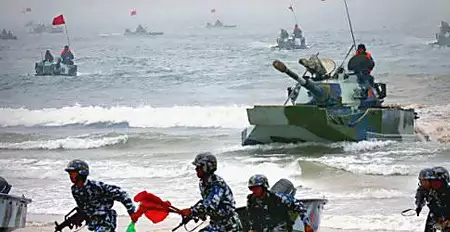



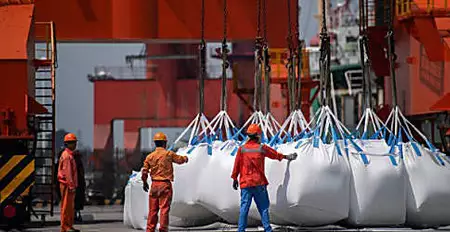


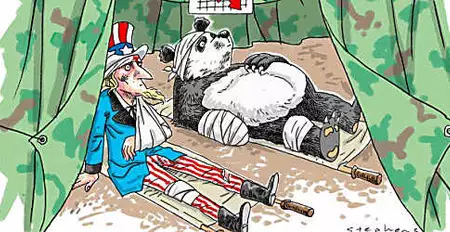


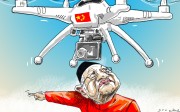


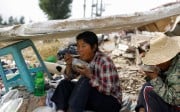

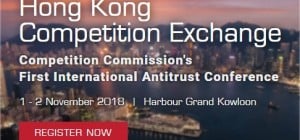
No comments:
Post a Comment